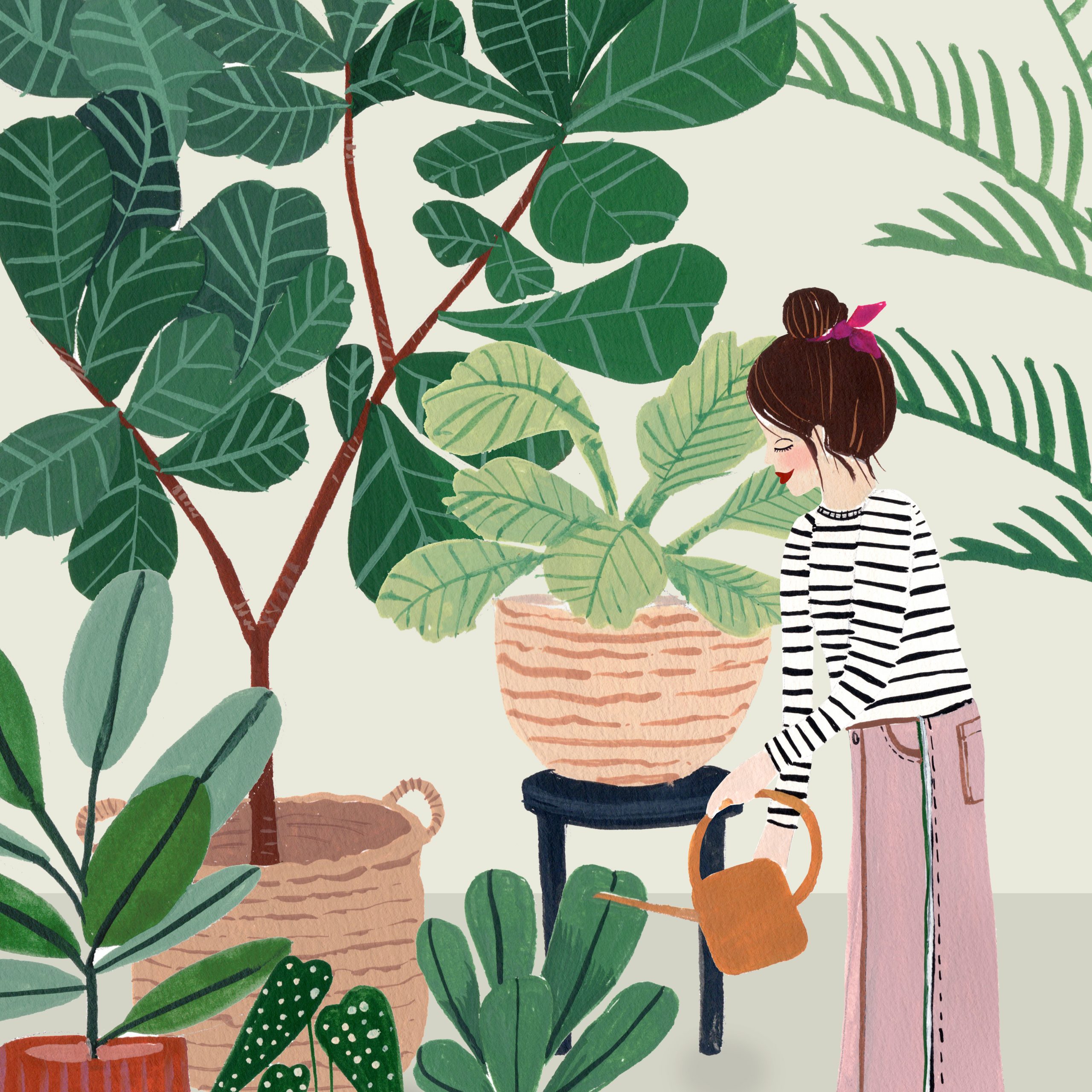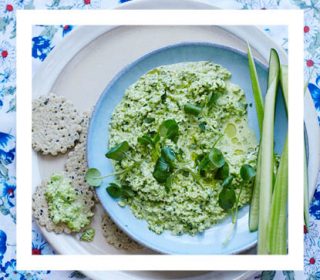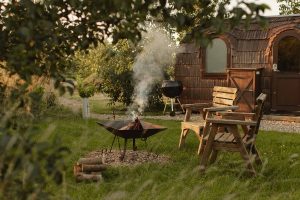“HOW WE ARE GOING TO SAVE THE WORLD WITH HOUSEPLANTS” – READ AN EXCLUSIVE EXTRACT FROM author SIDNEY VOLLMER

About three weeks after the start of the coronavirus lockdown, I read the following tweet: “Okay, parents of toddlers, are there any tips for educational apps or games for three-year-olds?”
I doubt there are any apps that are good for three-year-olds. The development of empathy, reflection and intuition get easily lost in likes, snaps and hashtags. I wrote a book about it for a reason. It’s why I reply to the tweet suggesting that he could sow seeds and tend houseplants with his son. I send a photo of the plants on our own windowsill and all kinds of pots sitting in the spring sun, filled with succulents, strawberry plants, lilies and the like.
I have never encouraged somebody on Twitter to get involved with plants before, but since I decided to break the monotony of quarantine with horticulture, I’ve found myself transformed. So much so, that not only did I try to convert this stranger, but I also started writing my experiences down….
A visit to the garden centre was the last thing I did with my toddler before we had to start taking extra pandemic safety precautions. We decided to stockpile seeds and plants and once home, we got to work with trowels and sticks, planting our purchases. Each time we looked at our handiwork over the subsequent weeks, something had changed. Lacking consciousness but filled with intention, each plant was fighting hard to get as much sunlight and absorb as much water as possible. Roots took hold, stems grew tall, leaves sprouted, flowers unfurled. Pure magic.
No wonder then, that just like those germinating plants, I developed a hunger for more. I have begun to learn about plants alive today that existed when we were in the Stone Age, about plants that imitate pebbles, plants with memories, plants that can move, and those that form extraordinary alliances with other plants, animals or fungi. I am discovering all kinds of unexpected stories about plants. They’ve made me take another, more humble, look at humankind.
This new emotional connection to plants, and the knowledge and insights I have gained about the natural world, will help me for the rest of my life. That’s more than enough positivity from my new hobby to satisfy me. However, through my research, I have also come to realise that this green awareness, combined with the availability of all these organisms, might just one day save the world.
My daughter greets her houseplants as she waters them, splashing puddles over the windowsill. Awkwardly at first but then with greater enthusiasm, I begin to say hello too. It gives me a surprisingly satisfying feeling to verbalise that emotional connection. We make mistakes in our gardening that will sound amateurish to some readers. Our violets don’t get enough to drink, and we overwater our staghorn ferns. Our pots don’t have saucers, and they are given too much sun. It doesn’t matter, as it’s a fun new experience to share together.
The houseplants on our windowsills made good use of the attention my daughter and I gave them, and they flourished…Together, in their simple splendour, and in their brave growth and variety, these plants prompted me to think and feel more intuitively about what they needed. All this life and activity happening right under my nose made me feel happier, wiser and more complete. I was slowly but steadily transformed by my houseplants: from a distracted houseplant killer to a tender houseplant protector.
This article has been written in partnership with Thejoyofplants.co.uk, taken as an excerpt from https://greenpaper.










